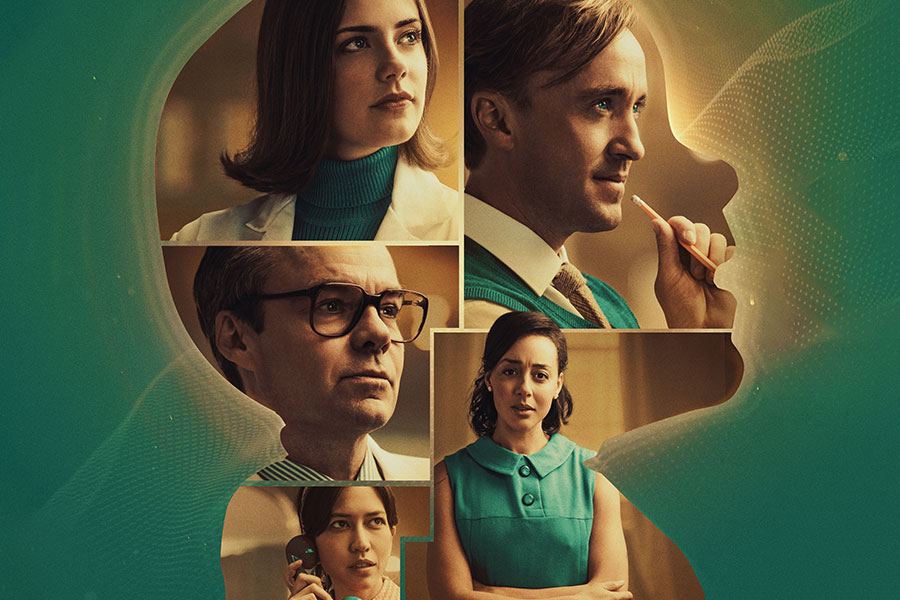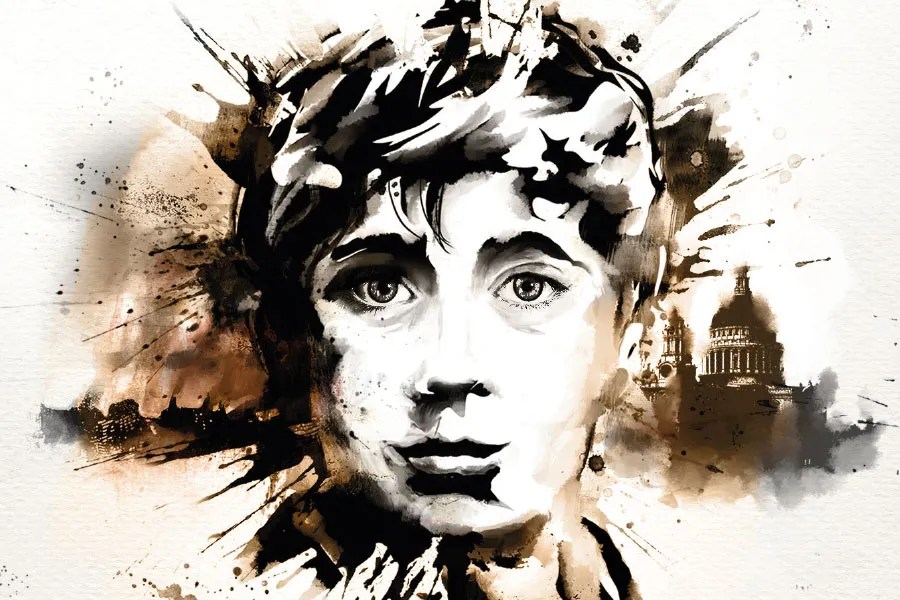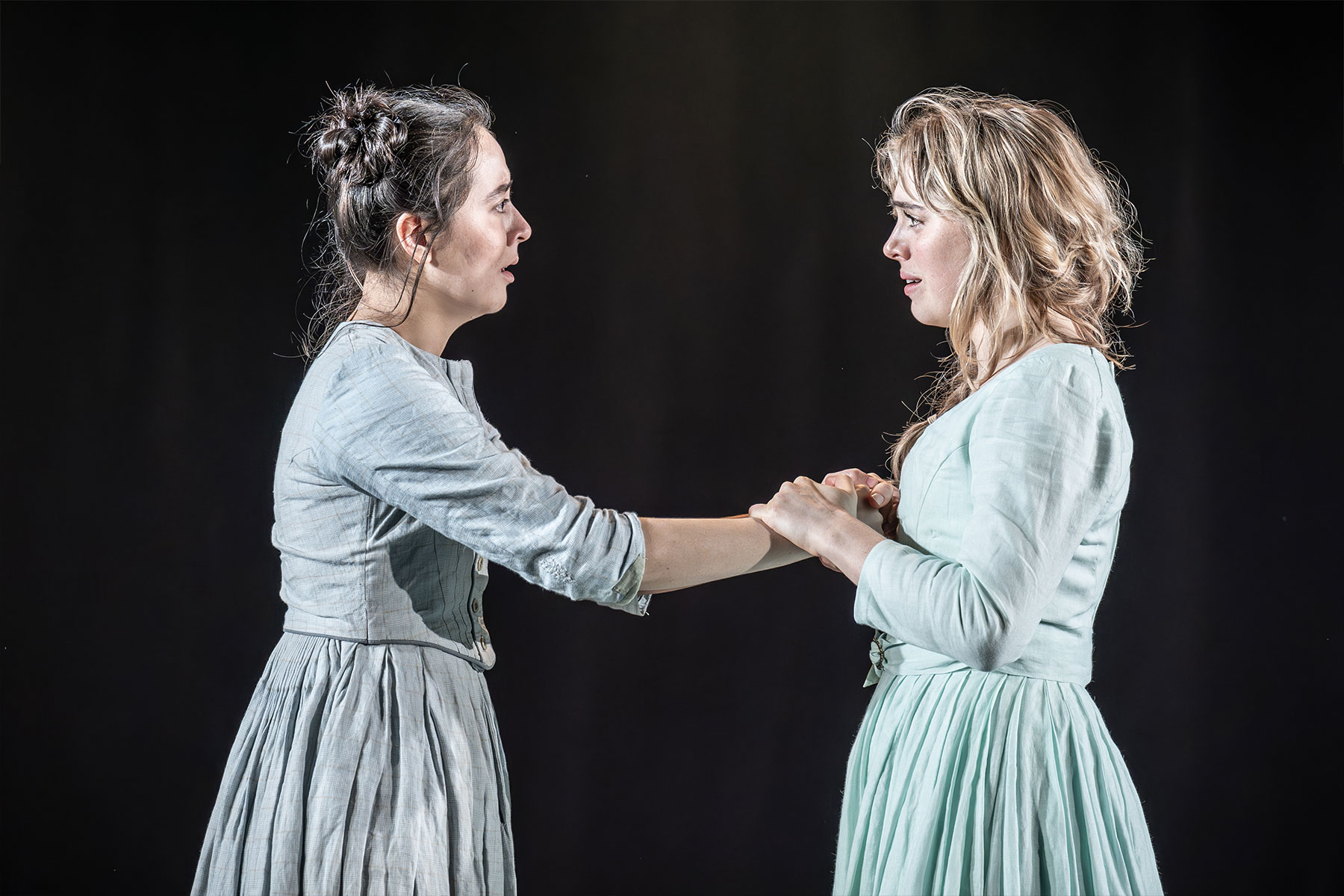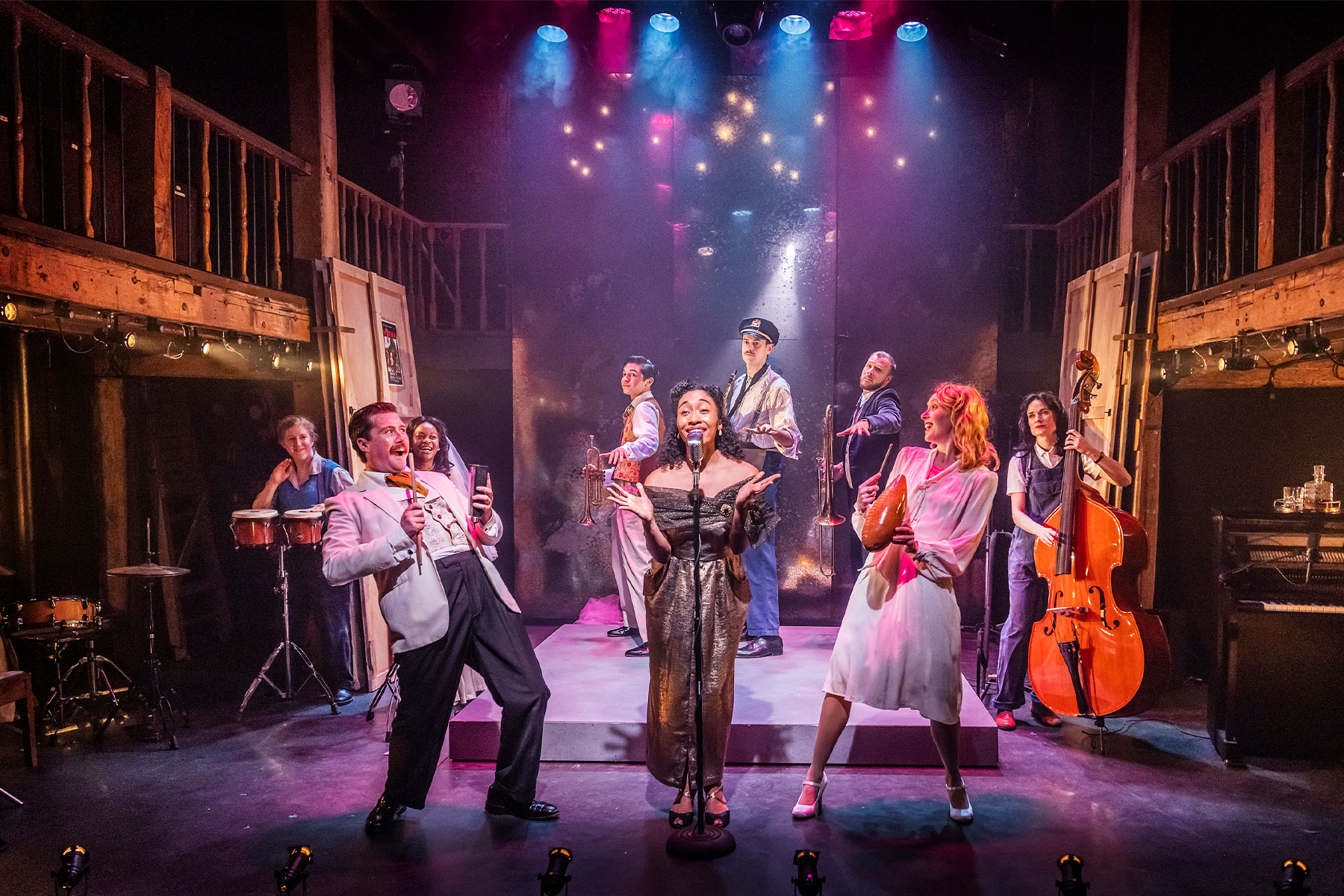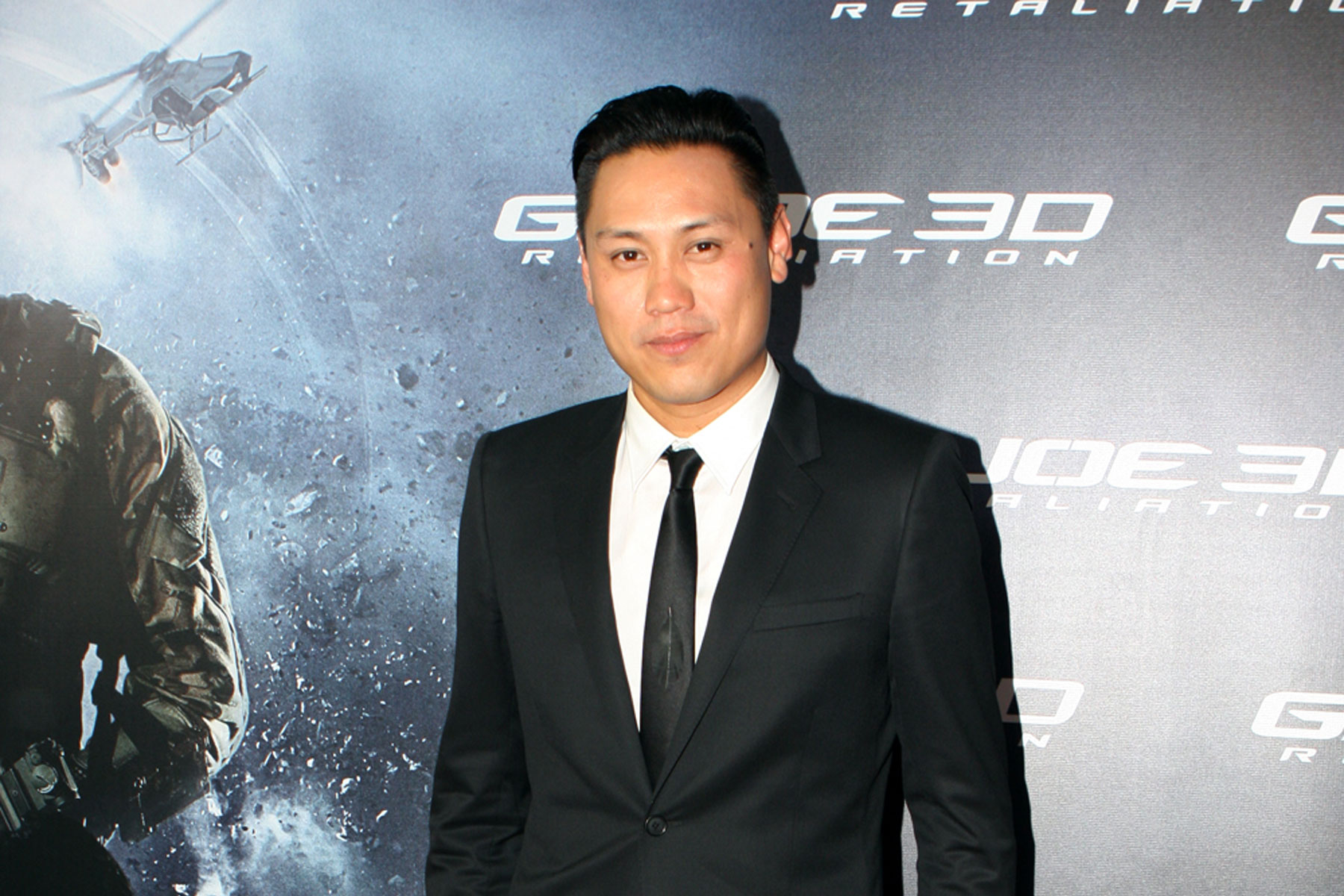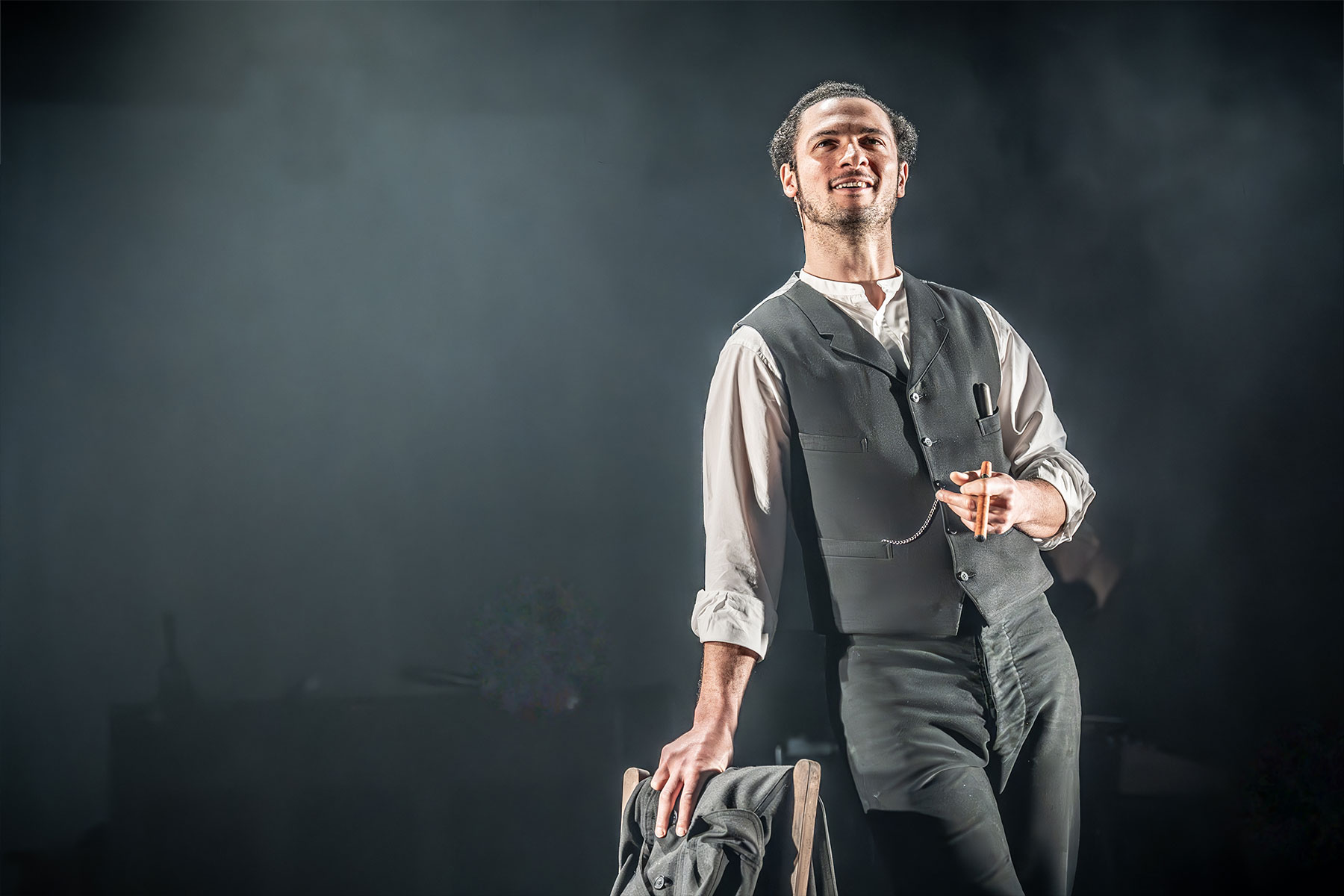Mary Rose
J M Barrie’s preoccupation with the innocence of childhood and its associations with ‘another world’ are not to everyone’s taste. There is something deeply sentimental and fey about his notions of children never growing up, but they certainly appealed to the audiences of 1920, who saw in Barrie’s ghost story Mary Rose a sense of hope in the face of the catastrophe of war.
The play is by no means a masterpiece, but can be seen as a more unnerving counterpart to Peter Pan. An 11-year-old-girl disappears from a tiny Hebridean island for 20 days and then suddenly reappears with no sense of the intervening time. Later, in her early twenties, married, with a child, she revisits the island with her husband and, lo and behold, she disappears again, this time for 25 years of ‘human’ time, and again with no knowledge of the changes wrought in her nearest and dearest.
This is interspersed with a tedious and overly jolly subplot in the style of a drawing room comedy – Mary Rose’s father constantly falls out with his friend over the art prints they both collect – and they constantly make it up thanks to the efforts of Mary Rose’s mother. But these scenes are so broadly drawn (and, one has to say, broadly acted) that they hardly seem to represent the ‘normality’ of everyday life that contrasts with the delicate nature of Barrie’s spirit world and the complexities of death.
For this production, director/choreographer Matthew Parker has added an eight-strong ensemble of balletic spirits who prowl about the stage, singing wordlessly in staccato fashion, and claiming Mary Rose for their own. This could be seen as a vivid, imaginative stroke, which enhances the ghostly aspect of the story and creates the atmosphere of the magical island through music and dance (composer Maria Haik Escudero). Or one might see it as overloading a fragile piece of theatre with too much literality; if one can physically see these half-dressed woodland creatures and their curious cavortings, there is inevitably a sense of mystery, and enigma, that is lost.
The eerily effective set (Cherry Truluck) and lighting design (Gary Bowman) add considerably to the mix, but this is essentially a piece of concept theatre striving to reclaim a forgotten play with a largely superimposed style. The key lies in the casting of the girl who plays Mary Rose, and who must have an other-worldly, ethereal quality of which she herself is unaware. Jessie Cave neatly captures her innocence and sweetness, but doesn’t quite convince as belonging in a spiritual dimension.
Enough of the play’s charm emerges, however, to give us a sense of the world Barrie was trying to conjure – a world where death is simply a glance away, and where the dead stay beautiful and beloved, and only just out of sight.
– Giles Cole



